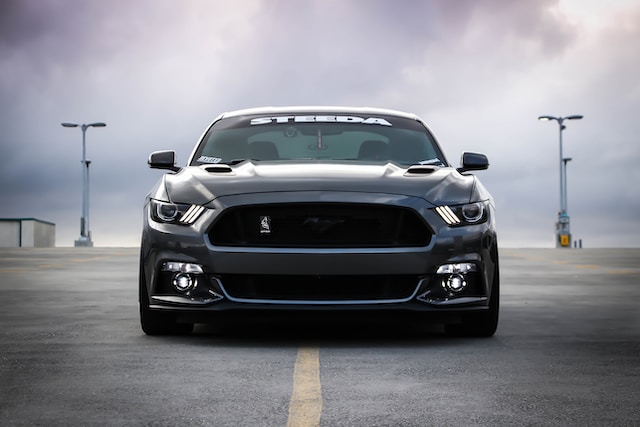The Hyperloop project of PayPal and Tesla Motors creator Ilon Musk is transforming from a futuristic concept into a very promising business. It involves creating trains that can travel faster than most modern airplanes.
In August 2013, Elon Musk presented a concept of superfast transport of the future – a vacuum train and Hyperloop highway. Inside the steel tube on air cushions will move transport capsules, each accommodating up to 28 people. The speed roughly corresponds to the speed of sound in air – 1200 km/h.
In 2010, the Chinese company Shenzhen Huashi Future Parking Equipment presented a project of 3D Express Coach. Although it does not look like a traditional bus: according to the idea of the developers, it should move in parallel to the movement of urban transport and over it. For this purpose the roads should be equipped with something like a monorail on the sides. The width of the bus is designed to cover two car lanes.
Seats for passengers are located on the second level, for their embarkation and disembarkation special platforms should be built. In case of an emergency, they can leave the bus with the help of an inflatable ramp. 3D Express Coach is designed for 1,200 – 1,400 people – according to the creators, it can replace about 40 regular city buses, and its appearance will reduce traffic jams by 30%.
The project was to be launched back in 2010 in Beijing, but the local authorities later abandoned the idea. The authorities of the Shijiazhuang urban district and the city of Wuhu showed interest in the two-level transport. It is not known at what stage the projects are now. Also in 2013, the authorities of the Brazilian city of Manaus signed a contract with the developers of the bus to build such a road system.
E-Volo multicopters
In 2011, three German engineers developed a prototype of the first manned multicopter with 16 propellers. The total weight of the construction is 80 kg. In fact, the multicopter is two crossed aluminum five-meter beams, which is attached to the pilot’s seat. The seat is supported by a large orthopedic ball to soften the landing. The flying machine is controlled with one joystick.
The main advantages of E-Volo are safety and affordable price. The copter will be able to remain in the air even if several propellers fail. In case all of them fail, a parachute system will work, which will take the pilot and the vehicle to the ground. According to the creators, the cost of the multicopter will be determined by size and payload capacity, but the initial price for the simplest package is $1,000. While the prototype can stay in the air no longer than 20 minutes, because the E-Volo runs on electricity, but the creators promise to increase the flight time to one hour. The speed is up to 60 km/h.
Travolators from NBBJ
A few days ago the architectural bureau NBBJ presented a concept of the unloading of the circular line of the London Underground. At its heart is a network of moving at different speeds continuously moving travolators.
NBBJ proposes to place three moving walkways in a row in the subway tunnels. One of them will move at a speed of 44 kilometers per hour, the middle one – slightly slower, and another one – at the speed of a human step, so that it was convenient for passengers to enter it from the platforms. According to the developers, it is “healthy and pleasant” alternative to the subway.
Suborbital Space Ship Two
This year Richard Branson’s Virgin Galactic company is going to begin testing the second suborbital tourist spaceship Space Ship Two.
According to the plan of Virgin Galactic Space Ship Two should be delivered by the carrier aircraft White Knight Two to an altitude of 15 kilometers, and then, after separation, continue its flight two and a half hours. Passengers will spend about 6 minutes in weightlessness. One such device is designed for two pilots and four passengers. According to Virgin Galactic CEO George Whitesides, by April 2015, more than 700 people had prepaid for future flights. One trip on Space Ship Two costs about $200,000.
Terrafugia TF-X Flying Cars
In the spring of 2013, the American company Terrafugia began developing a flying car with a vertical takeoff and landing system. The TF-X will be based on a hybrid electric motor – which will allow charging the car from a simple outlet. Terrafugia developers claim TF-X will be able to accelerate up to 322 km/h in the air and control the car no more difficult than a simple sedan. But before the first flight, drivers will have to take a special five-hour training course.
To start flying, the driver will need to specify the desired landing spot and several alternatives – the TF-X system constantly analyzes flight conditions and can adjust the course.
Terrafugia has calculated that it will take them about ten years to start mass production – a prototype car built in 1:10 scale has already passed the tests. How much will the Terrafugia TF-X cost buyers is still unknown.


